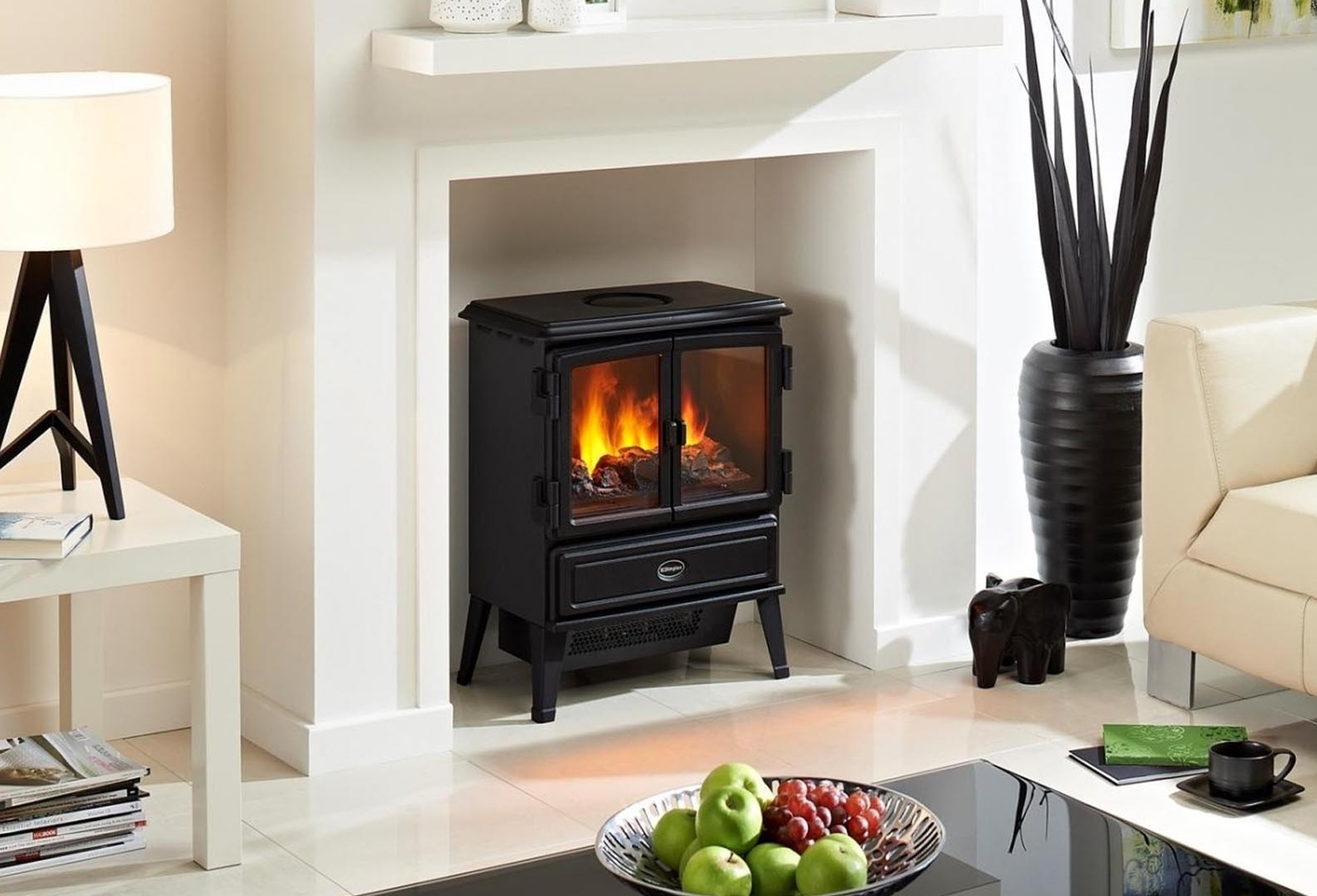Electric fireplaces are considered safe for several reasons:
-
No Emissions: Electric fireplaces do not produce any harmful emissions, such as smoke, carbon monoxide, or fumes. This means they can be used indoors without the need for ventilation or a chimney. Traditional wood-burning fireplaces, on the other hand, emit smoke and potentially dangerous gases that can pose health risks if not properly vented.
-
Cool-to-Touch: The exterior of an electric fireplace remains cool to the touch, even when it's in operation. This is because they use heating elements and fans to generate heat, and these elements are designed to be insulated and separated from the outer casing. This feature significantly reduces the risk of burns, making electric fireplaces safe to have around pets and children.

-
Automatic Shut-off: Many electric fireplace models come equipped with safety features like automatic shut-off timers and overheat protection. These mechanisms ensure that the fireplace will turn off automatically if it runs for an extended period or reaches a temperature that could potentially become hazardous.
-
No Open Flames: Electric fireplaces use LED lights and technology to simulate the appearance of flames and glowing embers. There are no real flames involved, which eliminates the risk of accidental fires caused by sparks or embers escaping the fireplace.
-
Stable Installation: Electric fireplaces are typically installed securely against a wall or inserted into a cabinet or mantel. This stable installation reduces the risk of the unit tipping over, unlike some freestanding space heaters, which can be a tipping hazard.
-
Child Locks: Some electric fireplace models feature child lock functions that prevent children from tampering with the controls, ensuring their safety.
-
Low Maintenance: Electric fireplaces require minimal maintenance. There are no ashes, soot, or creosote to clean up, as you would have with a traditional wood-burning fireplace. This reduces the risk of accidents related to cleaning and maintenance.
-
Ventless Design: Electric fireplaces do not require any form of ventilation, such as a chimney or flue. This simplifies installation and eliminates the risk of carbon monoxide poisoning, which can occur with wood-burning or gas fireplaces if there are ventilation issues.
While electric fireplaces are generally safe, it's essential to follow the manufacturer's instructions for installation and use. Regularly inspect your electric fireplace for any signs of wear or damage, and if you encounter any issues, consult the user manual or a qualified technician for maintenance or repairs. As with any heating appliance, practicing common-sense safety measures, such as keeping flammable materials away from the unit and using the fireplace responsibly, further enhances its safety.

 0086-574-62766180/62766182
0086-574-62766180/62766182






 English
English 中文简体
中文简体













